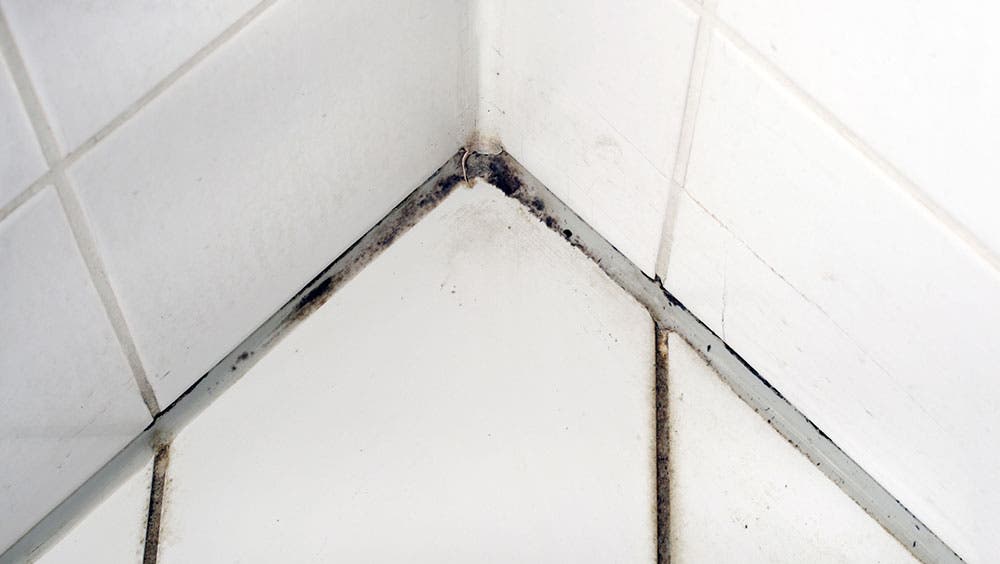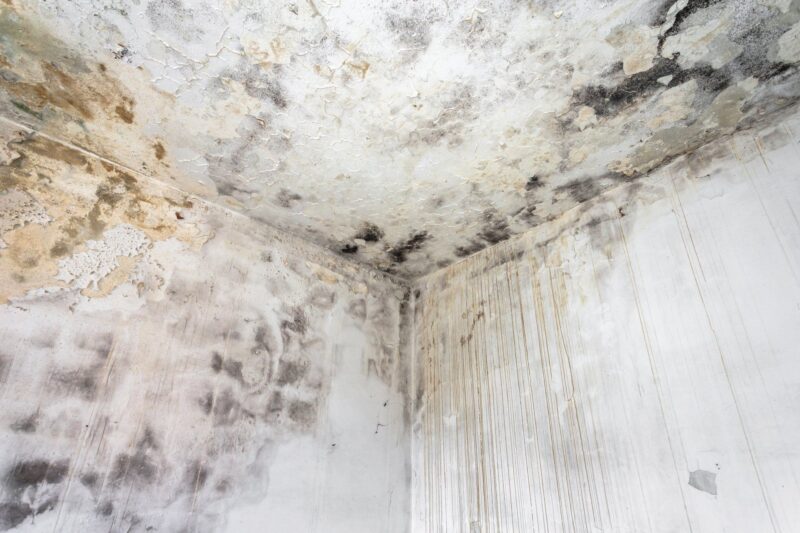Moisture control is not merely a maintenance task—its a vital cornerstone of a healthy home environment. For homeowners, understanding the intricate relationship between humidity levels and mold growth is essential.
Mold thrives in damp conditions, often lurking in dark corners, hidden from view, until its presence becomes a serious problem. Its not just an eyesore; the implications for health and property are profound.
Whether youre just stepping into homeownership or seeking to safeguard your long-time residence, navigating the foundational principles of moisture control can spell the difference between a welcoming haven and a mold-infested nightmare. In this guide, well delve into practical strategies and insightful tips to keep your home dry, your air clean, and your peace of mind intact.
Join us on this journey toward mold prevention and reclaim your space from unwanted moisture!
The Science of Mold: How It Thrives

Mold, a fascinating organism often overlooked, thrives primarily in damp environments where organic materials provide an abundant food source. Its spores, invisible to the naked eye, are carried effortlessly by air currents, ready to settle in the slightest hint of moisture.
Whether nestled within the crevices of a bathroom or hidden beneath a leaking pipe, mold flourishes in temperatures between 60°F and 80°F, making many homes its ideal habitat. Not only does this resilient fungus reproduce quickly, creating colonies that can spread rapidly, but it also exhibits a remarkable ability to adapt, breaking down different materials to survive.
As homeowners, it’s crucial to understand how these spores exist in our surroundings and the role that relentless moisture plays in their lifecycle, for only then can we effectively thwart mold’s insidious advance.
Identifying Moisture Sources in Your Home

Identifying moisture sources in your home is a crucial step in safeguarding your living environment against mold growth. Start by exploring the most common culprits: leaky pipes tucked away behind walls, humid basements, and even the everyday activities like cooking or showering that can release significant amounts of steam into the air.
Pay attention to windows, too; condensation can form if the temperature outside is starkly different from inside, creating a breeding ground for mold. Dont forget to inspect your roof for missing shingles and your gutters for clogs; both can lead to unwanted water pooling around your foundation.
By diligently seeking out these potential moisture sources, you can take proactive measures to address them before they escalate into more serious concerns. Every small action counts in the quest for a healthier, mold-free home.
Effective Moisture Control Strategies
Effective moisture control strategies are essential to create a robust defense against mold growth in your home. Start by ensuring proper ventilation in high-humidity areas such as bathrooms and kitchens; exhaust fans should be your first line of attack. Additionally, consider utilizing dehumidifiers in damp spaces like basements, where moisture tends to linger.
Regularly inspect your home for leaks—remember, even a small drip can lead to significant problems over time. Insulating pipes can help prevent condensation and reduce humidity levels.
Lastly, maintaining an external drainage system that directs water away from your foundation is crucial. It’s a multifaceted approach, but every effort adds up in the battle for a dry, healthy living environment.
Conclusion

In conclusion, maintaining proper moisture levels in your home is paramount for preventing mold growth and ensuring a healthy living environment. By implementing effective moisture control measures, such as proper ventilation, regular inspections, and prompt repairs of leaks, homeowners can significantly reduce the risk of mold-related issues.
Additionally, conducting mold testing in Tampa can provide valuable insights into your indoor air quality and identify potential problems before they escalate. By taking proactive steps towards moisture management, you are not only safeguarding your home but also promoting the well-being of your family.
Remember, a dry home is a mold-free home, and investing time and resources into moisture control is a vital step towards protecting your sanctuary.


